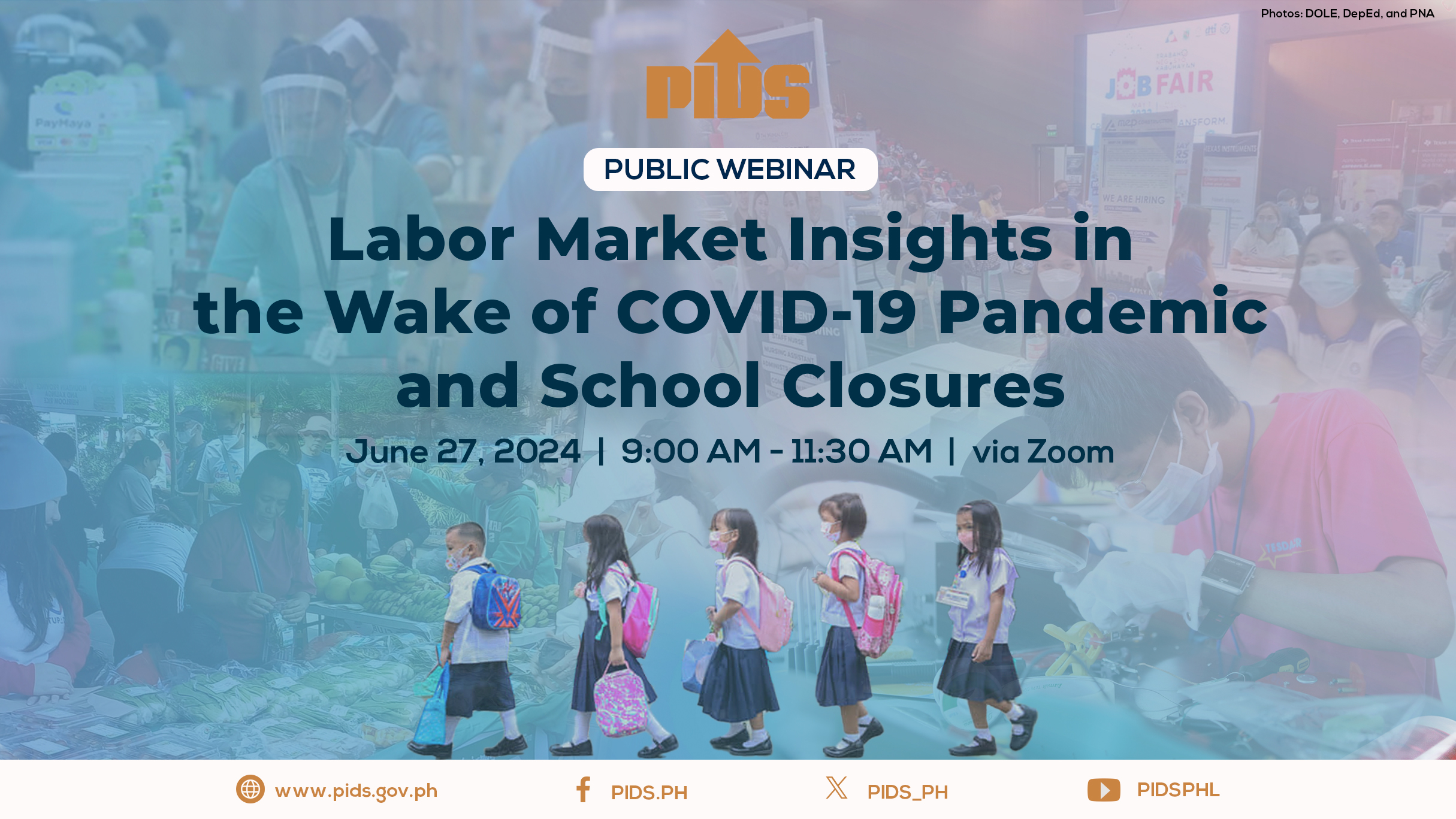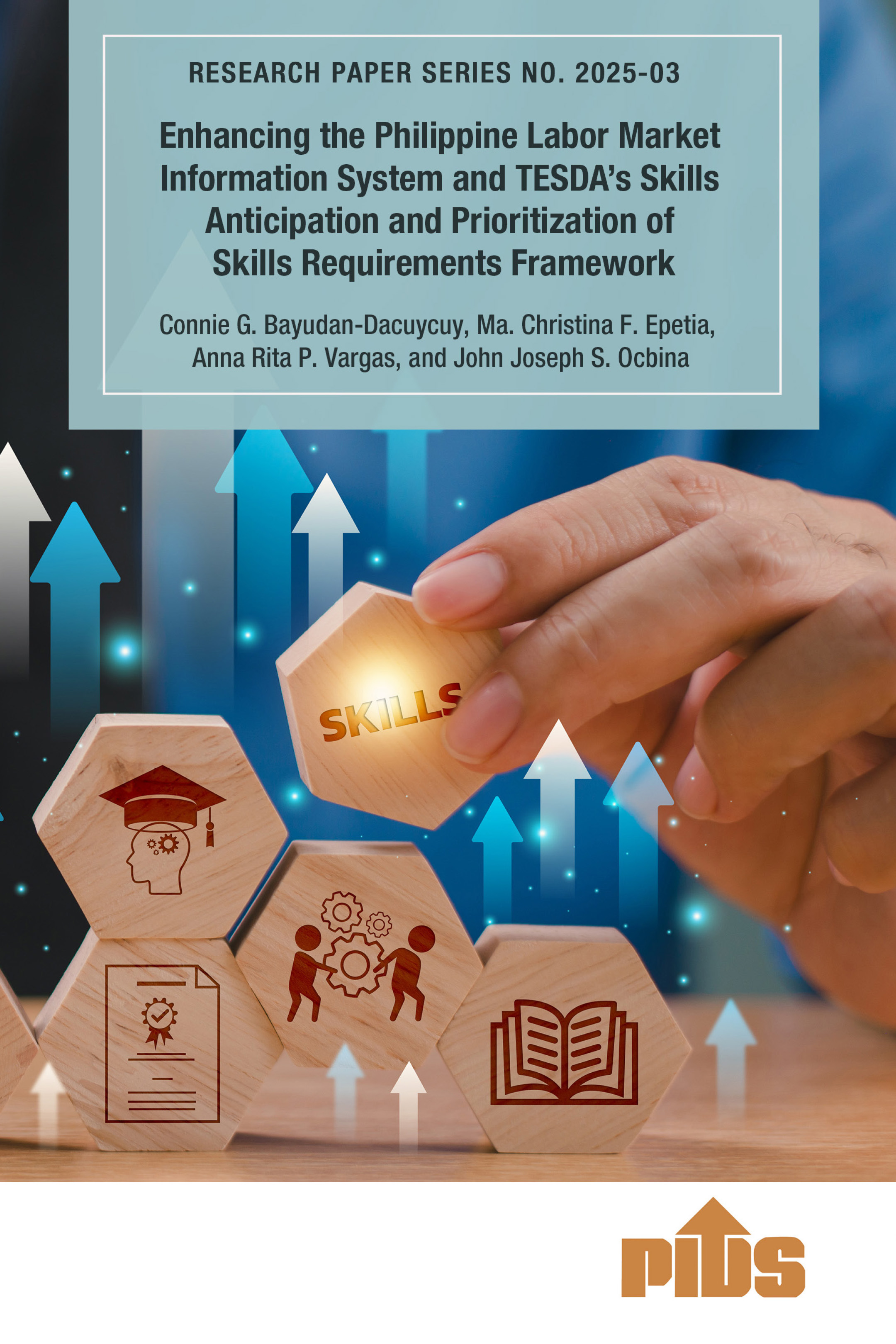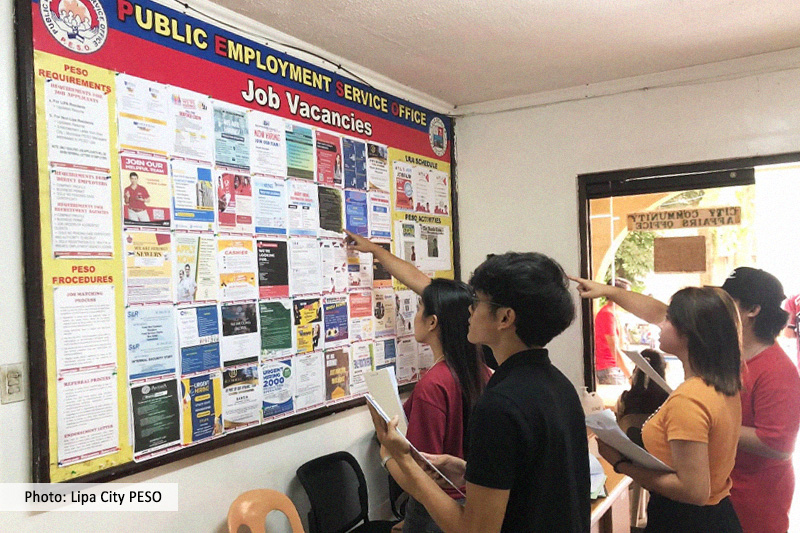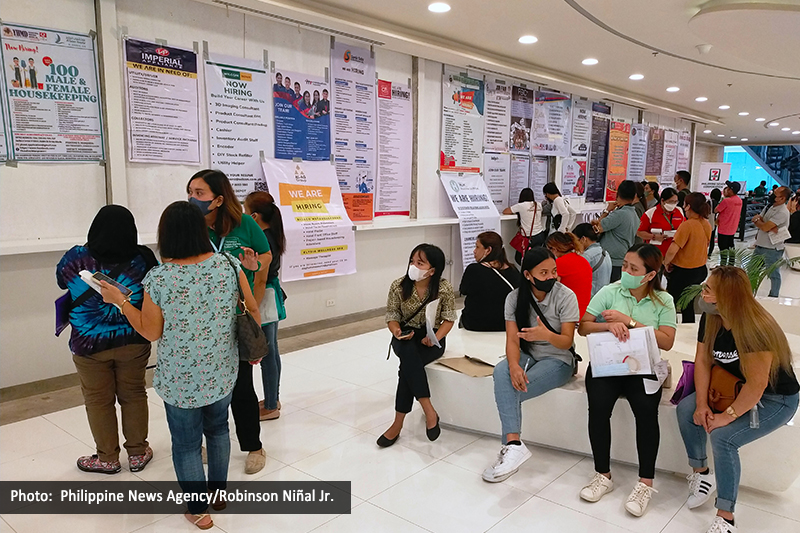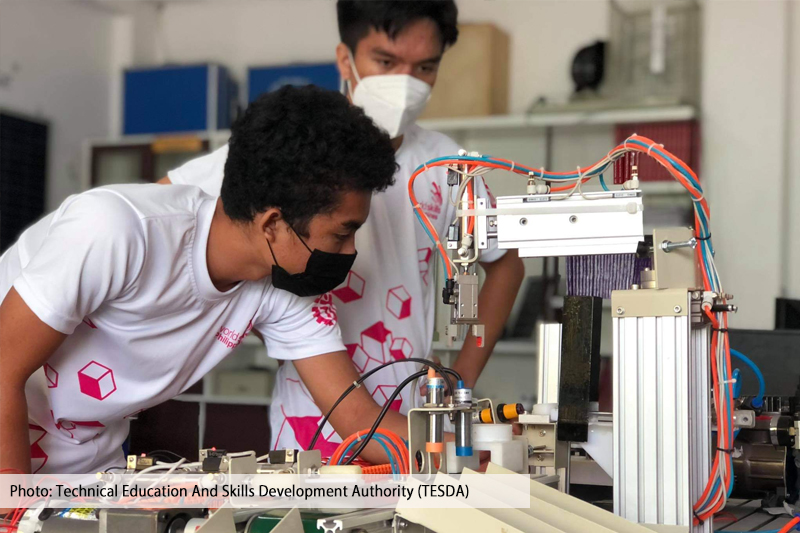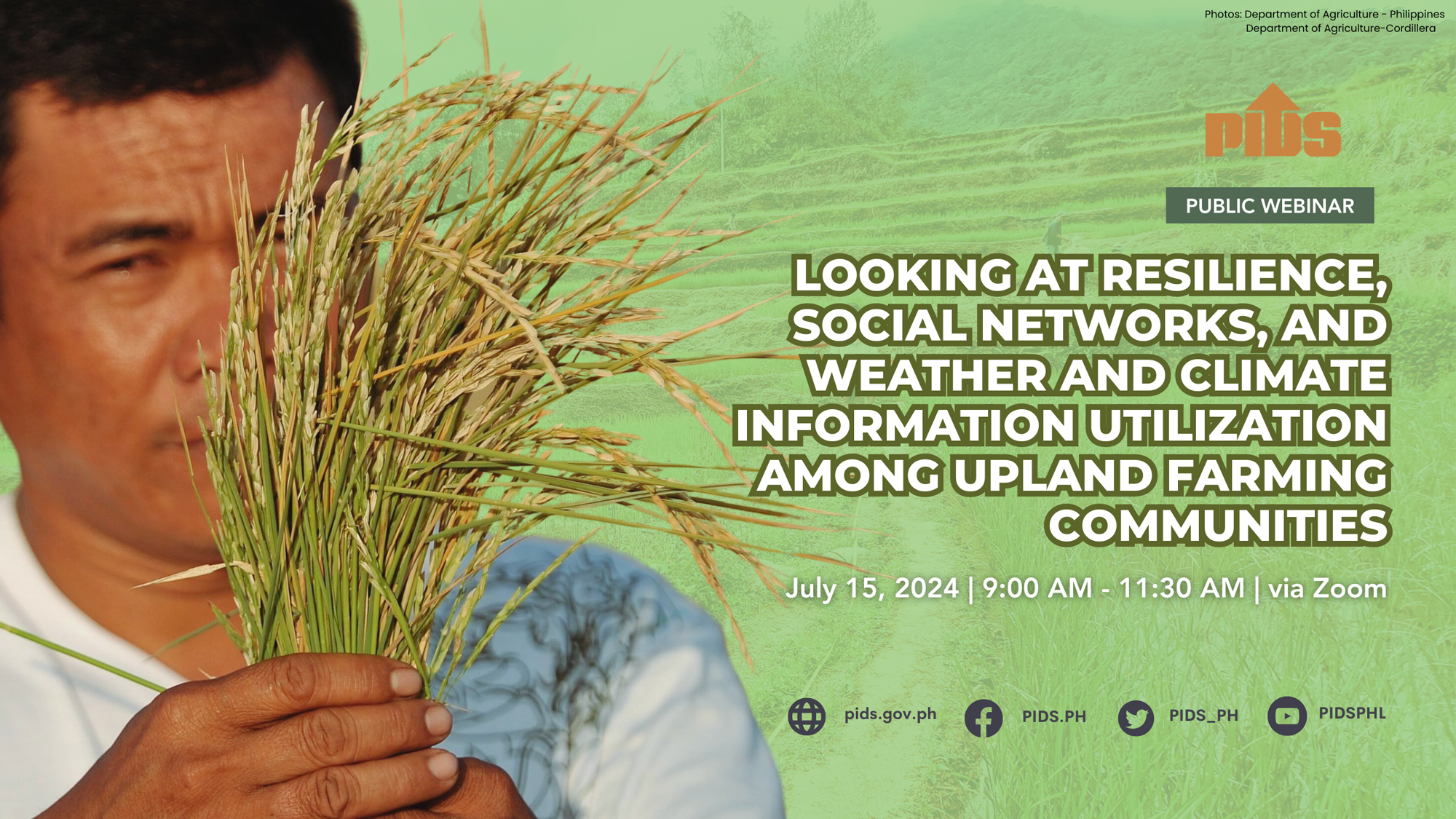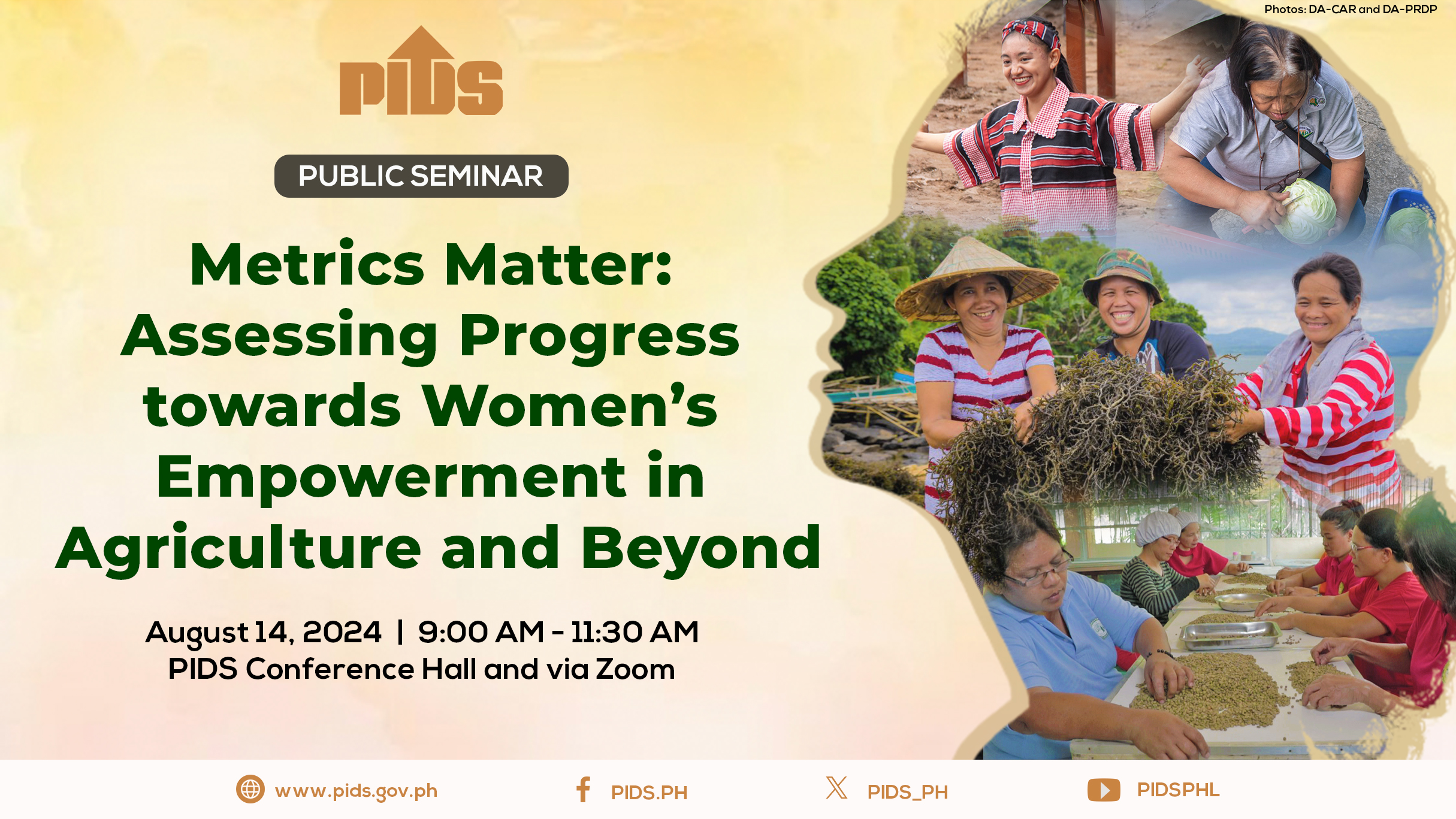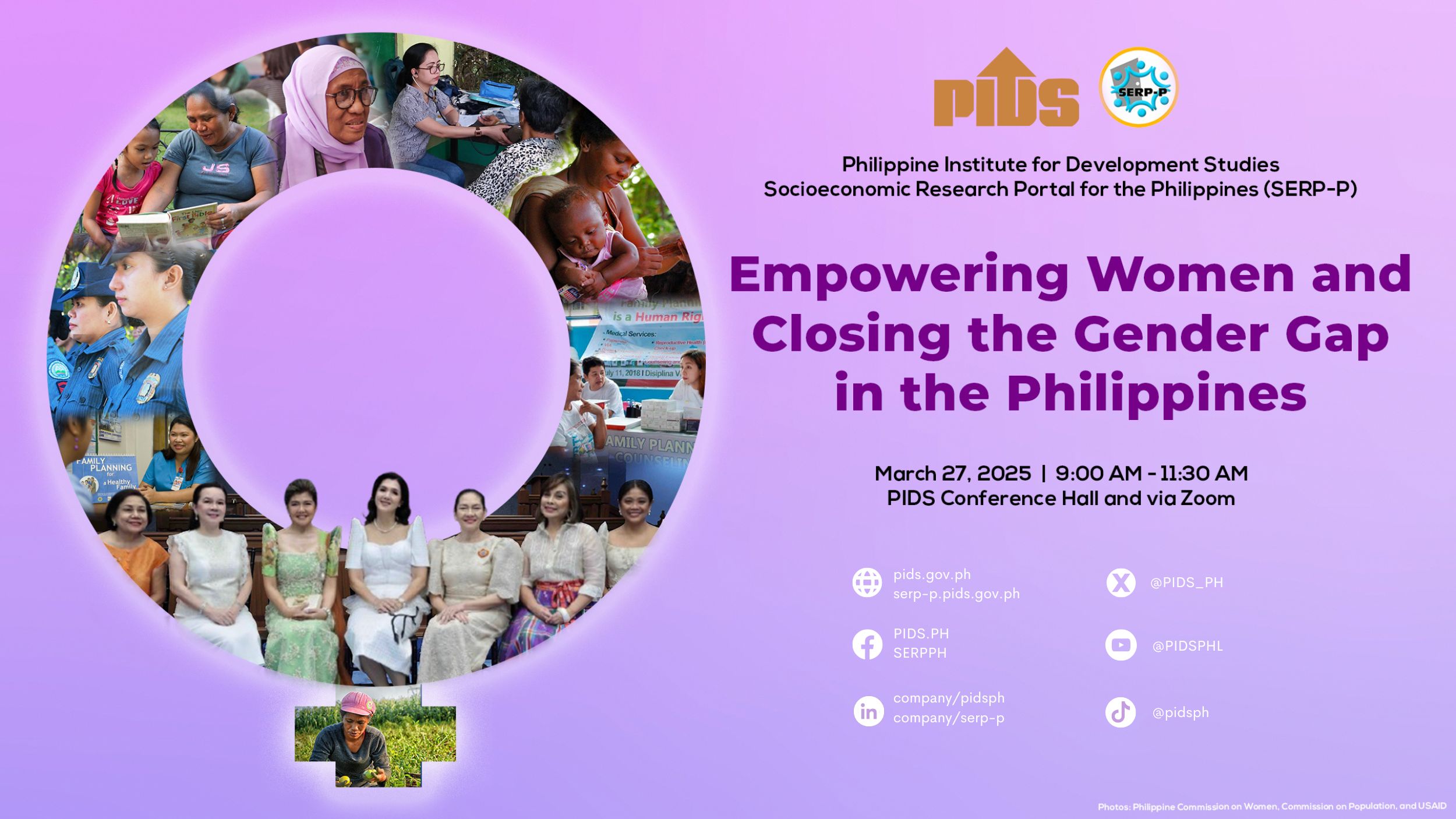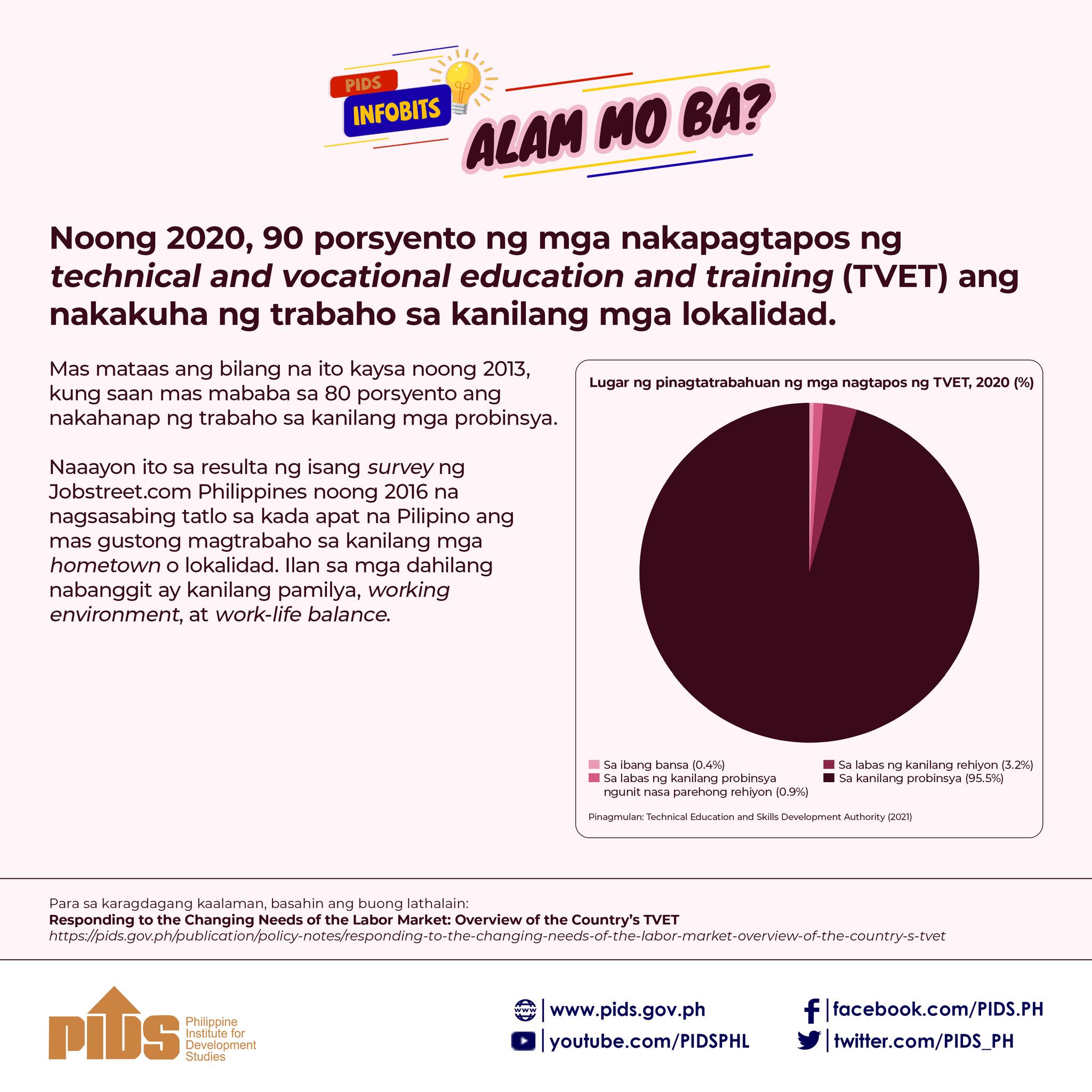
Women with school-age children experienced higher rates of employment loss during the COVID-19 pandemic. This was attributed to the increased responsibilities faced by mothers, including those related to remote learning support for their children due to school closures.
These findings were highlighted during a recent Philippine Institute for Development Studies (PIDS) webinar by former PIDS Research Fellow Dr. Ma. Christina Epetia. The study titled “School Closures and Parental Labor Supply” underscored that school closures significantly intensified parental burdens. Added childcare responsibilities, combined with work obligations, posed substantial challenges in juggling work-life balance, especially for mothers.
“The findings suggest a continuation of traditional gender roles where women are often primarily responsible for childcare. As a result, they are more likely to reduce their participation in the labor market to support their children during remote learning or academic breaks,” said Epetia.
However, both female and male college graduates tended to increase their work hours during closures compared to individuals with lower levels of education.
“Highly educated women with children of school age demonstrated a higher workload even during academic breaks or periods of partial remote learning, underscoring the varying effects based on educational level,” Epetia added. This finding underscores the challenges highly educated women face in balancing work and domestic responsibilities amidst increased work hours.
Webinar discussant Department of Labor and Employment (DOLE) Bureau of Local Employment Labor Market Information Division Chief Grace Baldoza concurred with Epetia on the profound impacts of extended school closures and learning losses on the economy. She cited possible reduced productivity and income, ultimately affecting workforce employability, underscoring the call for lifelong learning and upscaling.
Baldoza highlighted DOLE’s commitment to enhancing workforce development in response to evolving labor market dynamics driven by technological advances. Initiatives include the Government Internship Program, public employment, and labor market information services like the Assistance to First-Time Jobseekers and Integrated PhilJobNet - PESO Employment Information System, as well as other local employment regulations.
Meanwhile, discussant and Ateneo de Manila University Associate Professor Dr. Geoffrey Ducanes questioned the study’s suggestion of a positive correlation between remote learning and increased employment probability for parents. “Taken by itself, it is saying that remote learning has increased the probability of employment of adults, even those with school-age children, which does not sound correct,” Ducanes said.
He suggested that this positive effect might be due to remote learning being closely linked to the community quarantine index. Another issue could be missing important details, like specific time periods, which would account for changes over time.
Furthermore, International Labour Organization Senior Economist Dr. Stefan Kühn suggested exploring additional “interaction terms” for the study. He particularly suggested examining how the presence of domestic helpers in households impacts the employment status of parents, especially in light of school closures not directly influencing their ability to work.
“Adding more data and estimating for a longer period will provide a better understanding of how family dynamics and external factors influence labor market trends,” Kühn added. This comprehensive approach sheds light on the intricate relationships shaping employment patterns during significant societal shifts.
Watch the recording of the webinar at https://bit.ly/pidslive062724. ###

